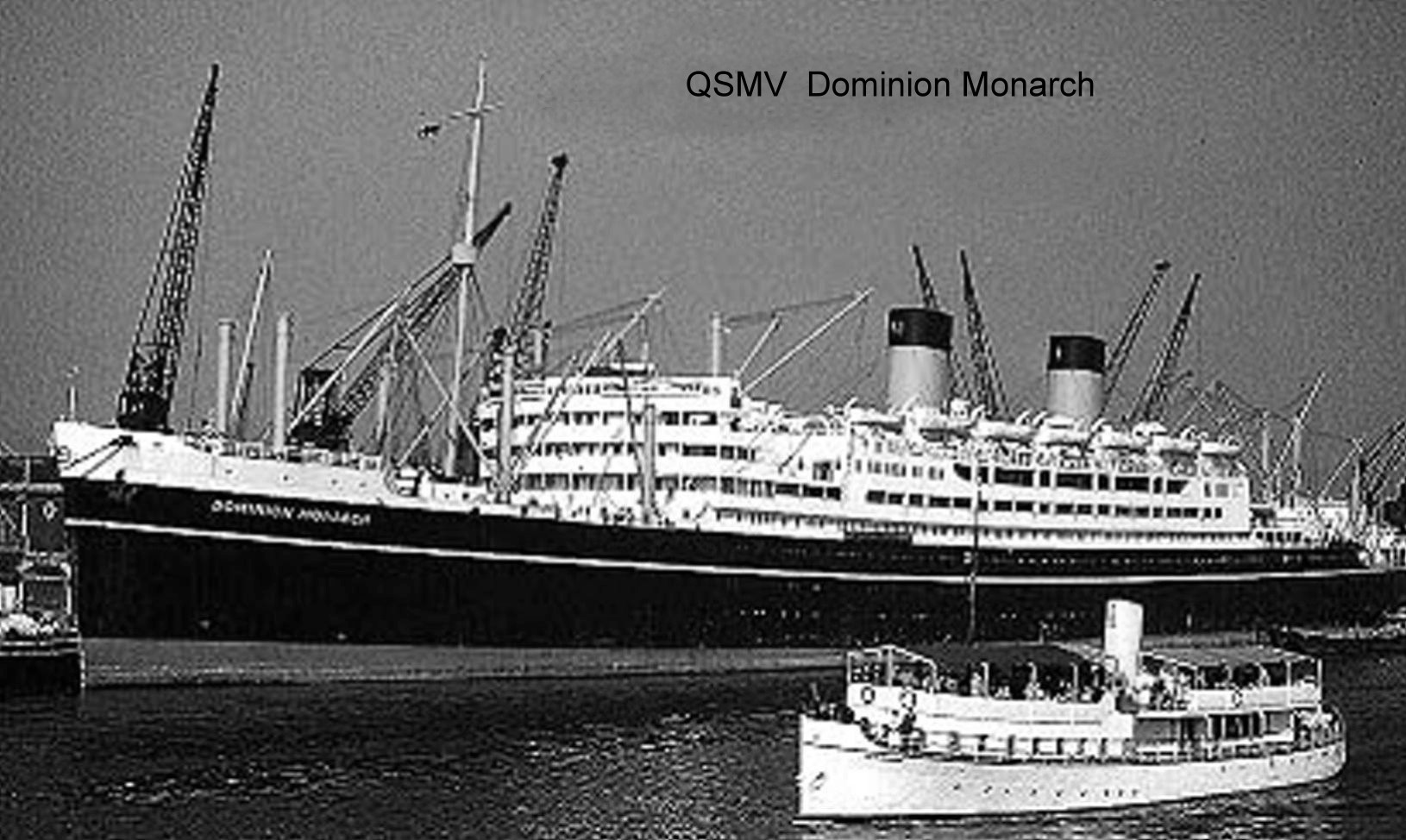
Provided by R Goossens Maritime Historian - www.ssMaritime.com
1939 - 1945
The Coleraine Battery -
The Move
Provided by R Goossens Maritime Historian - www.ssMaritime.com 1939 - 1945

| Battery Roll Call |
As recalled by Sgt Norman Irwin
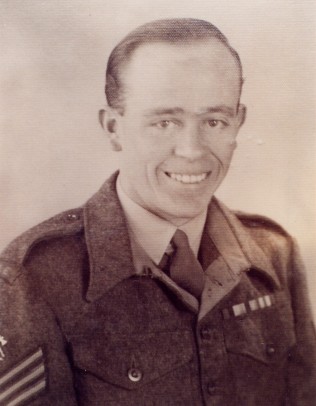
Under the cover of darkness, on September 8th, 1940 the 6th LAA Battery, 109th LAA Battery and a HAA Battery sailed from Liverpool. Major James Hope now commanded the 6th Battery. They were now heading for Egypt on board the MV Dominion Monarch. The dates and locations for this journey were as follows:
September 9th 1940, Liverpool
September 23rd until 25th 1940, Freetown
September 27th 1940, Equator
October 4th until 6th 1940, Capetown
October 9th until 10th, anchored off Durban
October 15th 1940, Equator
October 22nd 1940, Port Tewfiq

Provided by R Goossens Maritime Historian - www.ssMaritime.com

The Dominion Monarch was 28,000 tons of total luxury. It was built to accommodate 560 1st Class passengers only. There was a swimming pool, theatre and a cinema. There were few alterations made to the ship in order to accommodate the Battery. The doors had been removed from the cabins. It was thought that a bomb blast would warp the doors and make an effective escape difficult. The cabin telephones were also removed. This would prevent the Battery from phoning the Captain to complain about the food.... Ha Ha.
Sergeant Norman Irwin, an engineer by trade, had the honour of being given a special tour of the engine rooms. The ship was powered by four 5 Cylinder Doxford Diesel engines. This was an opposed piston operating system.
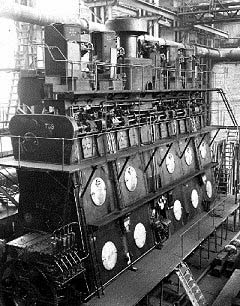
Provided by R Goossens Maritime Historian - www.ssMaritime.com
The ship had four of these engines
From Liverpool docks, the Dominion Monarch headed up the Irish Sea, picking up a convoy coming out of the Clyde. Early on Sunday morning the convoy was heading round Rathlin Island into a Force 12 gale. The convoy were moving in a two abreast formation with a Royal Navy destroyer escort. One of the ships was only 8,000 tons, reputed to be an ammunition carrier. That Sunday, during the church service, everyone prayed for the safety of the little ship. The Battery was now in dangerous waters, a Force 12 gale and enemy submarines to contend with. Next morning the little ship was still with the convoy, the winds had eased and the convoy was now sailing to the West.
"We were kept busy on the way to Egypt. There was Boxing Tournaments, Ship's Concerts and a Crossing the Line Ceremony. There was very little weapons training. The only weapons we trained on were the BOYS anti tank rifle. There were many lectures on such subjects as Current Affairs, Aircraft Recognition, History of the Regiment, History of the Royal Navy and guided tours of the ship.
The Battery were also responsible for supplying the Anti Aircraft gun crews when we were within enemy aircraft reach". Robin Martin (2004)
Just before the Dominion Monarch reached it's first port of call. the Battery had a ships concert. Considering the fact that the Battery now had half the members of the 2nd Coleraine Boy's Brigade Old Boys Silver Band and some good singers from the Killowen Male Voice Choir on board, the concert was a great success.
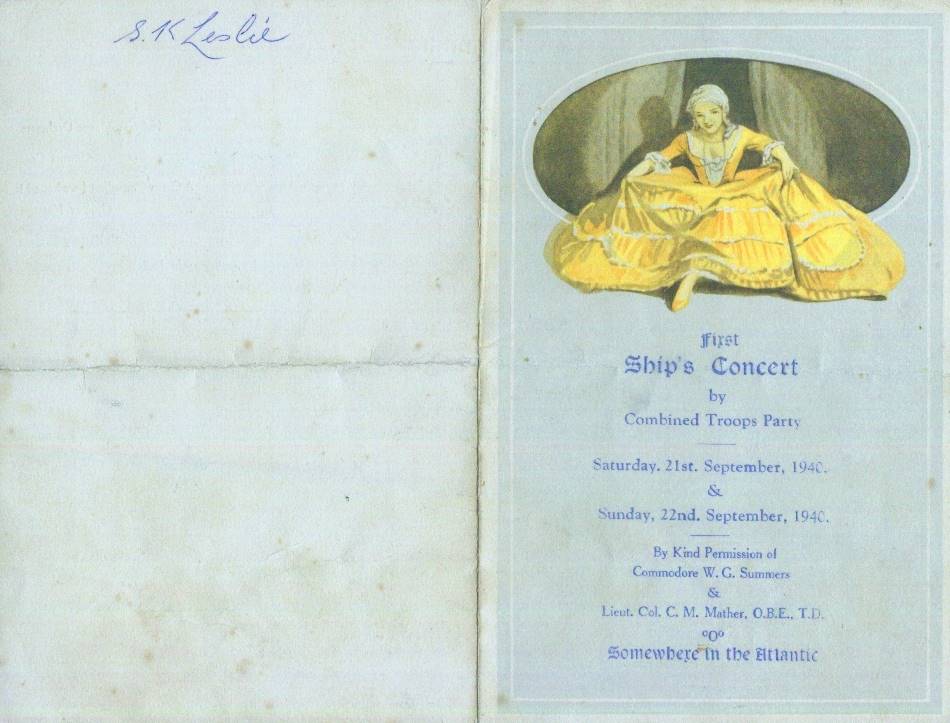
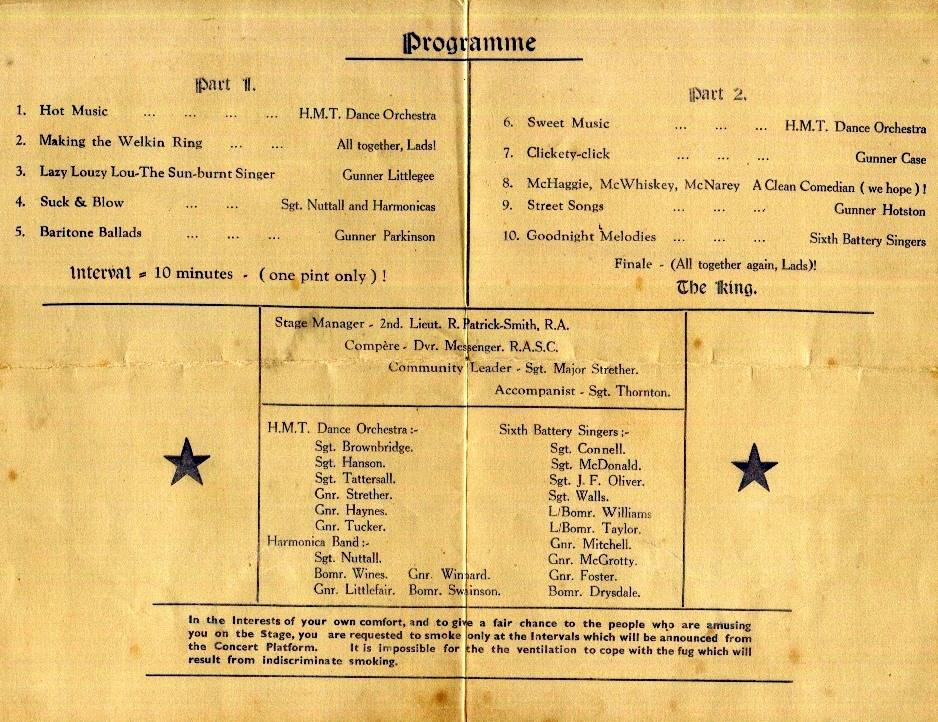
"Our accommodation was much better than the Heavy AA Battery and 109th Light AA Battery that accompanied us to Egypt. We were in the luxury cabins of a ship that had just finished cruising between New York and Bermuda. The ship was only partially converted into a troop carrier. Our cabin was living room size, 3 by 4 meters. It had a shower, a toilet and four bunk beds. The HAA Battery and 109 LAA Battery were accommodated in the converted hold with limited lighting as well as cramped conditions.
The HAA Battery were all newspaper men and stock exchange workers from London. They were responsible for producing the Ship's Newspaper, the Menus and the Concert Programmes. Because of the uncomfortable conditions in the hold, they asked us if they could produce their material in our cabin. We allowed them to do this. All the other groups and committees learned about our luxurious accommodation and willingness to help, so they all started to come to our cabin to conduct their business." Robin Martin (2004)
After two weeks of sailing, the ship called into Freetown, Sierra Leone on the West African coast and stayed for one day.
The Dominion Monarch then sailed south for two days and crossed the Equator. There the ship celebrated the Crossing The Line ceremony. Neptune was there in his full regalia at the swimming pool sitting in his big chair.
On October 4th 1940, the ship reached Capetown and stayed there for two days. The South African population were lined up on the jetty when the ship called in. Quite a lot of the Battery were taken on a sightseeing tour of the Capetown area by South Africans who owned their own cars. A young couple from Cape Province, their mother owned a hotel there, wined and dined and transported Norman Irwin and Willie Norris for those two days.
Mr. Bruno arrived at the jetty in his Cadillac and picked up Andy McGowan and Norman Walker. He gave them a tour that included Capetown, Simonstown and Table Mountain.
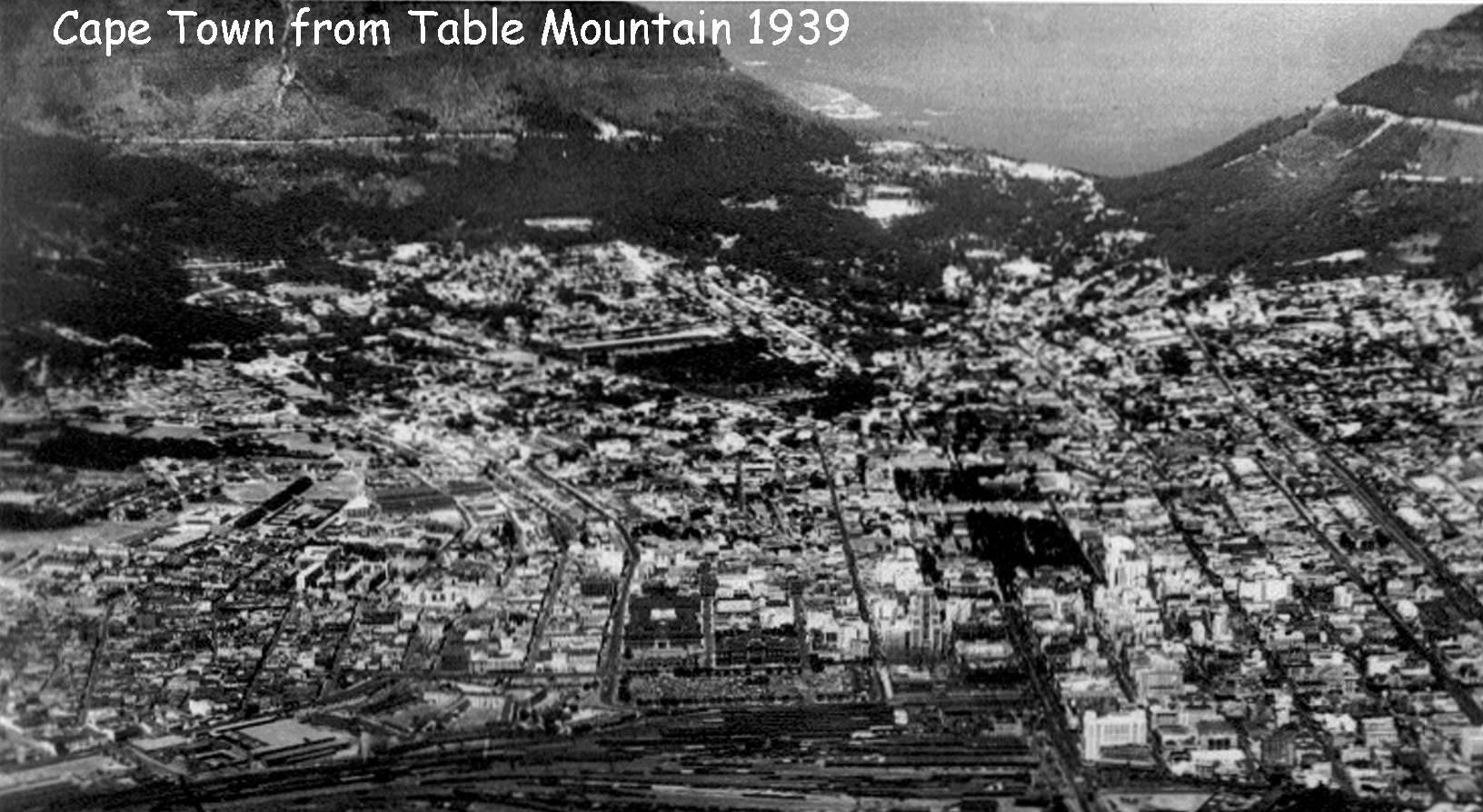

Four days after leaving Capetown, the convoy was in the Indian Ocean. At this stage the destroyer escort had left the convoy . The convoy scattered and the Dominion Monarch spent one day anchored at Durban. This was close to Clearwood Transit Camp where the convoys stopped to refuel, as well as dropping off and picking up troops. The next stage of the journey was uneventful but there was plenty of training and boxing tournaments to kill the boredom.
Coming into the Red Sea, the ship was bombed by the Italian Air Force. It was very narrow at this part of the sea and the shipping was an easy target. But, the Italians could not hit anything. The ship dropped anchor at Port Tewfiq, Suez on October 19th, 1940 after 42 days at sea. The Battery was ferried ashore by lighter and then travelled on to Beni Suef, Cairo. At Beni Suef the Battery had to be equipped and trained for their operational role in Egypt.
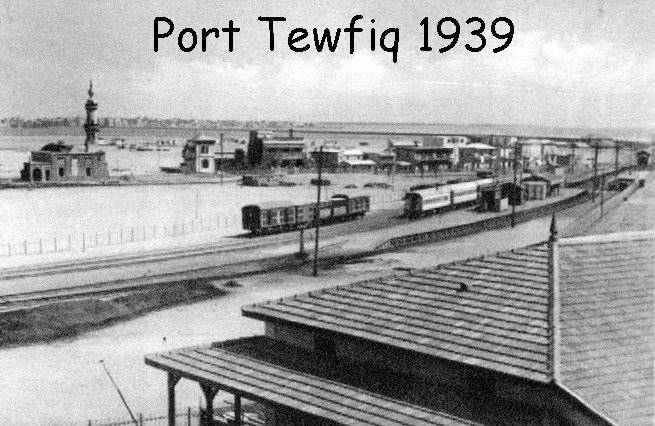
|
The Sgt. Robin Martin Story
I joined the Battery early in 1939, late January or February at the age of 26. The chance of a fortnight in Morecambe and a Training Bounty were the motives for enlisting. That was long before there was a general call up for volunteers. The recruiting office was above Bobby Love's Seed Shop in New Row. We normally met in Coleraine Boathouse for training. Jack Christie, Robin Wray and Mackie Pollock were all there for basic theory on the Bofors. The instructor was a full time soldier from the Royal Artillery. He taught us by using posters and a set of forms that explained all the parts of the gun and how to man it. This continued on through February and March. In March 1939, the instructor asked me to go on a Bofors course. I was sent to Biggin Hill near London on the week of Good Friday. Jim Murray from Maghera and Stanley McQuigg from Macfin accompanied me. It was supposed to be a five day course but we only arrived on Monday afternoon and finished on Good Friday morning. The whole course was crammed into the three days. We studied the Bofors Gun and Aircraft Recognition. After April 1939 a Bofors Gun and Tractor was made available at the Calf Lane Camp. Each Troop had a full day of Bofors Training each week. Shortly after war was declared I was promoted from Bombardier to War Substantive Sergeant. That ensured that I could not be demoted without holding a Court of Enquiry. I also married on 11 September 1939, as did a lot of Battery members. In November 1939 the Battery moved to Scotland, under the command of the 51st LAA Regiment, we covered the AA Defences over a wide area. The Battery HQ was located in Falkirk. I was attached to Z Troop, the South Derry people. X Troop were based three miles from Stirling at the Royal Naval Ammunition Dump, Bandeath. Y Troop were posted to AA Defence duties in Grangemouth. The weapon used in this AA Defence was the Lewis Machine Gun. Z Troop were posted to the Naval Dockyard. There we manned the 40mm Multi Barrelled Pom Pom's. It was not until November 1940 that we got the promised trip to Morecambe for more Gunnery Training. I stayed with the Battery through Egypt, The Western Desert and France until Caen fell on the 8/9 July 1944. On that date all the Royal Artillery AA Batteries were reorganised in that they lost over 30 men each to infantry regiments. After the final bombing raid that finished Caen we were all in the troop HQ for breakfast. I heard a dull thud and saw steam coming out of the banking behind me. It was a 3" AP shell steaming in the wet ground. I left it there and finished my breakfast. After the meal I was detailed to leave the battery for good. Normandy was bursting at the seams. The troops were all moving inland and we had trouble getting onto the Mulberry Harbour to return to England. On return to England we went to Woolich Arsenal. It had been wrecked in the V1 and V2 Rocket attacks. We were initially told to go and live with anybody we knew in the area, if possible. Eventually we were offered roofless sleeping quarters in the Woolich Arsenal. During the day we were detailed to collect all useable stores and furniture and load it onto trucks. These salvaged items were then taken to other locations where they could be put to use. After one week of salvaging the six of us were posted to Scapa Flow in N Scotland. Our Royal Naval base was called HMS Grimsetter. The nearest town was Kirkwald. At HMS Grimsetter we manned the Bofors, defending the British Fleet. By November there was only one hours light and at least four gale warnings every day. I was at Scapa Flow until March 1945 when the unit was disbanded. We were then posted to Birkenhead, Liverpool. This was a former Rocket Site manned by females of the ATS. There we dismantled the rocket site before we were posted to the School of Infantry at Warminster. There we completed a course on Infantry Training. After a short stay there we left for London and our last posting. I was detailed to escort military personnel who were returning to England for their Demobilisation. We were billeted outside London at Pipers Wood in Amersham. The windows were always kept shut because the squirrels from the surrounding forest would enter our billets and create havoc. Many Allied POW's were processed through Amersham. Any person who had been a POW for over 2 years was immediately discharged after their period of leave was over. It was my task to escort these ex-POW's into London twice a week so that they could be issued with their civvies at the Olympia. We took the train from Amersham to Baker Street Underground then on to the Duke of Wellington barracks for a meal. After the meal a 10 ton truck transported us to the Olympia. The escorts were always ordered to stay outside while the ex-POW's were issued with their civvies. It was our job to then take the ex-POW's back to Amersham. This duty was never a problem because they did not get paid until they returned to Amersham. We never had to go looking for them. They spent the night at Amersham. Next morning they received their pay and a travel warrant before they were finally discharged. Because this work only occupied us for two days in the week, I used to report to the Ranges and spend a couple of days zeroing in Short Magazine Lee Enfield rifles. The week always finished at mid-day on Friday so I always went into London for the weekend. We were always issued with complimentary tickets for the London shows. I remember seeing the last show George Formby gave in London. I also saw Terry Thomas in a music hall act as an army officer. After my spell of escort duties I was discharged myself. As I had been adopted by the Royal Irish Rifles I had to travel to Belfast for my discharge. I finished with the army by 1946. I did not join again as I could see the Bofors Gun was finished. The advent of the jet plane put paid to it. Robin Martin (2004)
|
| Battery Roll Call |